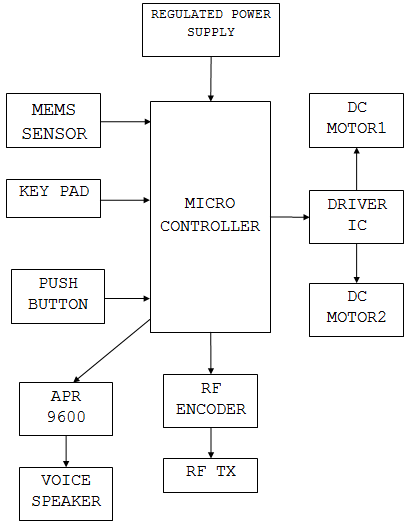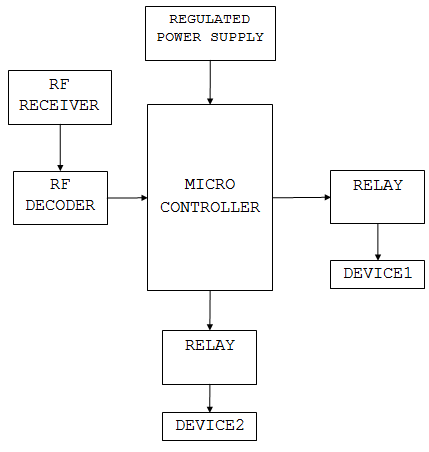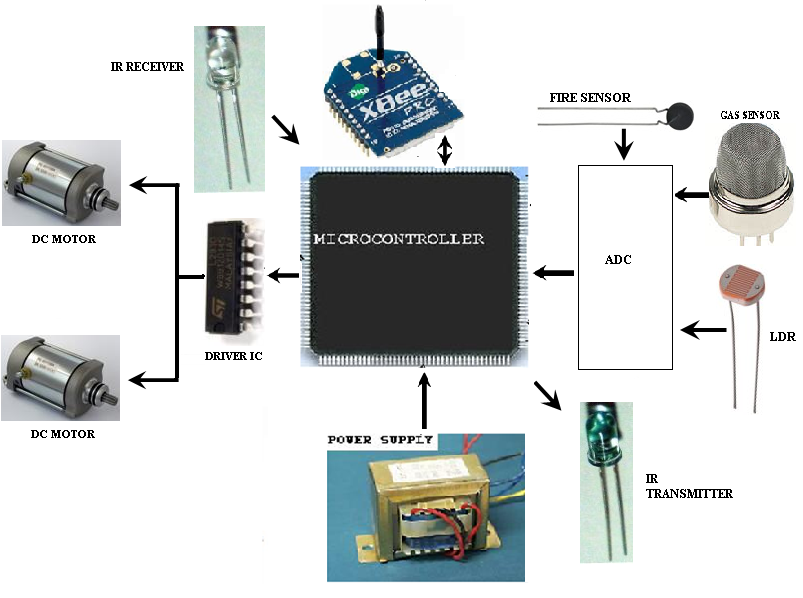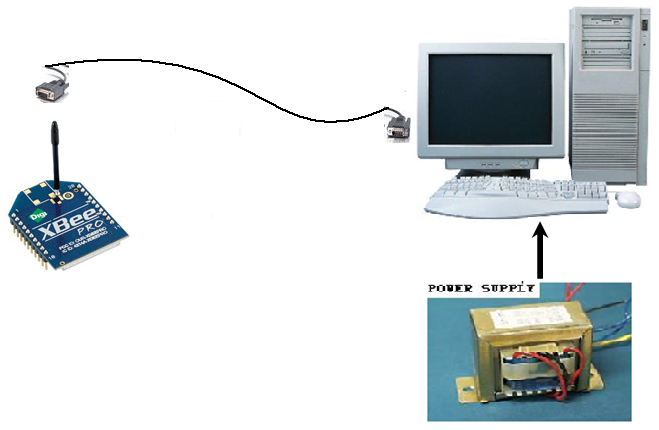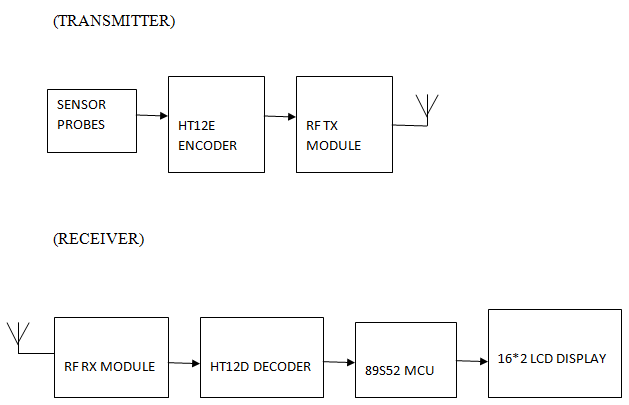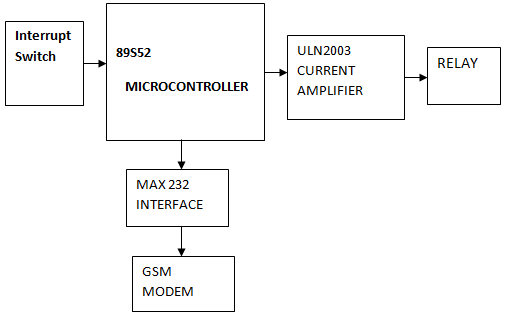ABSTRACT
With the present day environment, and with the work pressure the individual is carrying, it becomes highly impossible to take of a family member, who is undergoing therapy.
Sometimes it may be impossible to remember his/her own medicines and their time of consumption, thereby missing their medicine or the time of its administration.
In such cases, if any equipment is there which can give some sort of indication, to the individual concerned so that he can take his medicine. The same can be used even to use for other patients also.
In the present project, a microcontroller based drug dispenser is to be developed. The drug dispenser can be used to provide an indication of the medicine time, and it also dispenses the medicine to be consumed. The present project deals with a minimum of six medicines.
The doctor will prescribe each medicine time and dosage, and the same can be fed to the instrument, via a keyboard hooked up to the microcontroller. At the time when the said drug is to be consumed, the instrument provides the medicine (tablet or capsule) in the tray.
The medicine goes to the tray by rotating a motor, which dispenses only one tablet or capsule into the tray, and in the similar fashion all the drugs to be consumed are provided in the tray, and then the instrument provides the alarm.
The drugs and their timings can be programmed and can be easily programmed.
The instrument to be designed is to use an advanced microcontroller and needs to have an interface to a keyboard and also motors and sensors.

